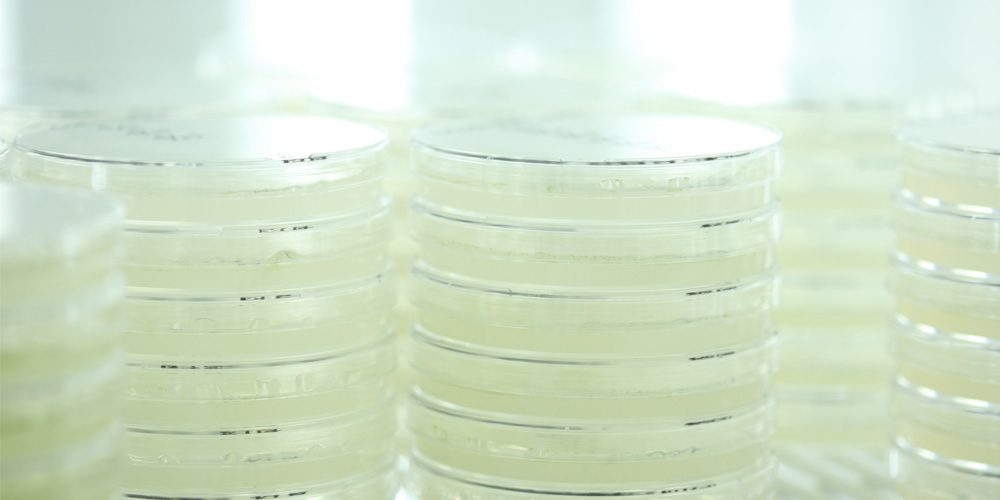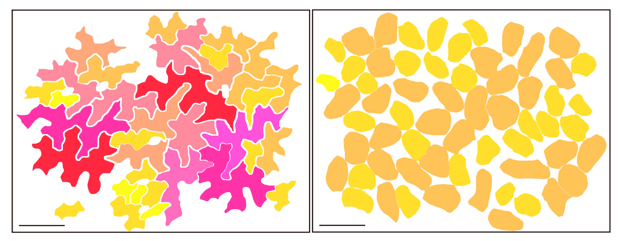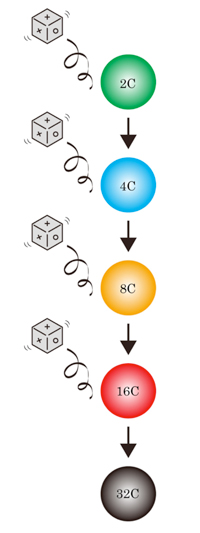
National Institute for Basic Biology




2017.09.20
One of the central questions in biology is how a cell specifies its size. Because size distribution often shows a characteristically skewed pattern in a tissue, there may be some stochastic option for determining cell size. However, the underlying mechanism by which the target distribution is established by organizing a cellular coin-toss remains elusive. Associate Professor Kensuke Kawade at Okazaki Institute for Integrative Bioscience and National Institute for Basic Biology, in collaboration with Professor Hirokazu Tsukaya at the Graduate School of Science, the University of Tokyo, discovered that endoreduplication, which promotes cellular enlargement in the epidermal tissue of Arabidopsis thaliana, occurs randomly as a Poisson process throughout cellular maturation.
This finding enabled the team to effectively reproduce experimentally measured dynamics of endoreduplication with a simple mathematical model. They then investigated whether this model was sufficient to explain cell size variation in epidermal tissue. They generated an artificial cell size distribution using the mathematical model by considering the effects of endoreduplication on cell size specification. This analysis revealed that cell size was determined by endoreduplication-dependent exponential boosting, and size heterogeneity was induced by Poissonian endoreduplication dynamics.
These results link the probabilistic property of endoreduplication dynamics to cell size distribution, providing a theoretical background to explain how size heterogeneity is established within a leaf. This work will also contribute to a quantitative understanding of how stochastic dynamics generates steady-state biological heterogeneity. The results of this research were published in ‘PLOS ONE’ on September 19th, 2017.

Epidermal pavement and palisade mesophyll cells in a leaf of Arabidopsis thaliana
Epidermal pavement cells (left) and palisade mesophyll cells (right) in the mature leaf of Arabidopsis thaliana. The color is scaled according to cell size from smaller (yellow) to larger cells (red). Scale bars = 100 µm.

Dice game for endoreduplication of the leaf epidermal cell
Diploid cell (2C) rolls a die to decide whether to start endoreduplication to become a tetraploid cell (4C) or not. This dice game is also seen in the following steps; hence a source of epidermal cell size variation in plant leaves.
For more information:
PLOS ONE
“Probing the stochastic property of endoreduplication in cell size determination of Arabidopsis thaliana leaf epidermal tissue.”
Kensuke Kawade and Hirokazu Tsukaya
Published online 19th September 2017.
https://doi.org/10.1371/journal.pone.0185050
Contacts: Kensuke Kawade at OIIB/NIBB
e-mail: kawa-ken@nibb.ac.jp
tel: +81-564-59-5883